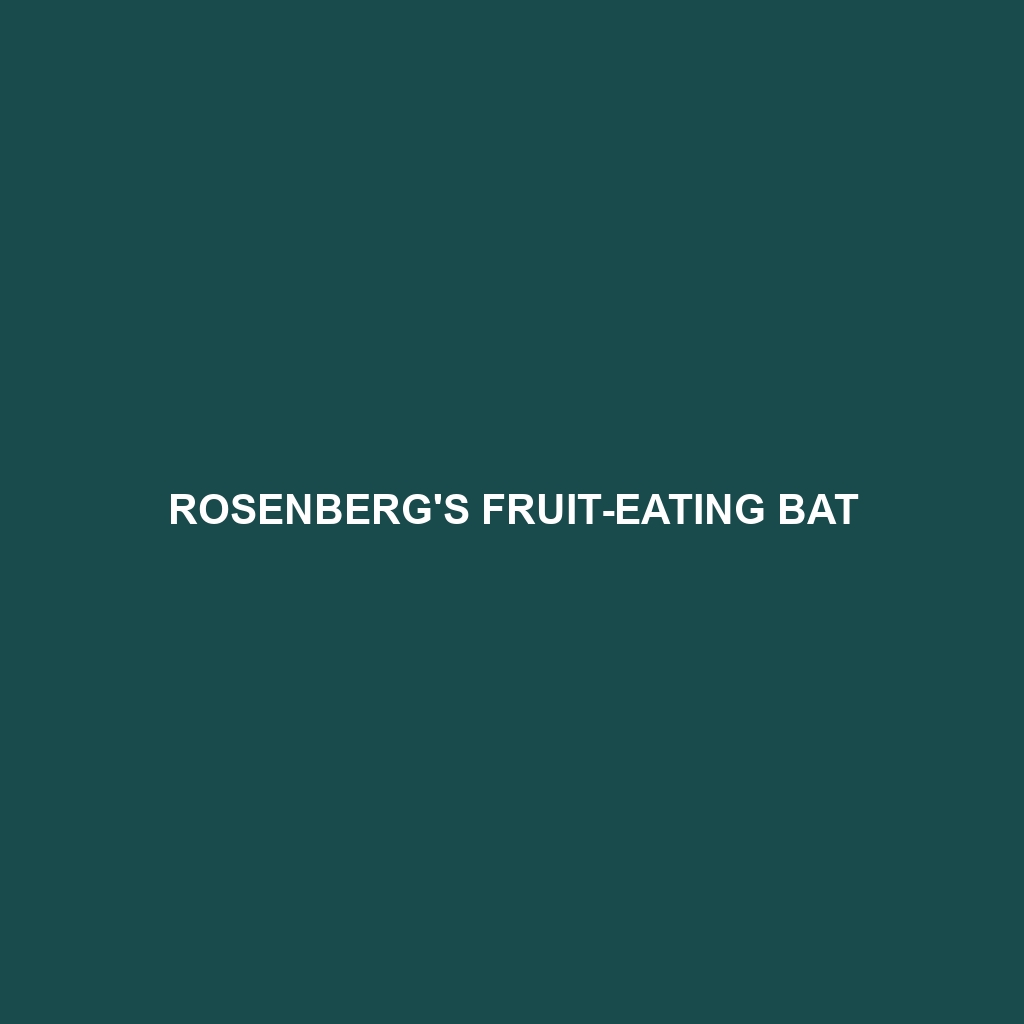Little Fruit-eating Bat
Common Name: Little Fruit-eating Bat
Scientific Name:
Habitat
The Little Fruit-eating Bat is primarily found in tropical and subtropical regions of Central and South America. Its favored habitats include dense rainforests and moist forest edges, where it can easily access fruit-bearing plants. This species thrives in environments with ample vegetation, which provides both food and shelter, ranging from Panama in Central America to parts of the Amazon Basin in Brazil and Venezuela.
Physical Characteristics
The Little Fruit-eating Bat is a small mammal, typically weighing between 8 to 12 grams and measuring about 7 to 10 centimeters in length. Its fur is generally a mix of brown and gray, providing effective camouflage within the forest foliage. A distinctive feature of this bat is its broad, rounded ears and relatively short snout, which aid in its echolocation capabilities. Its large, well-developed wings are adapted for agile flight, helping it navigate through densely packed trees in search of food.
Behavior
This species exhibits nocturnal habits, emerging at dusk to forage for food. Little Fruit-eating Bats are known for their agility and speed when flying, often engaging in acrobatic maneuvers to catch their prey. They are social animals, commonly found in small groups, which helps them locate food sources efficiently. Their behavior also includes roosting in tree hollows or under leaves during the day, providing protection from predators.
Diet
The diet of the Little Fruit-eating Bat primarily consists of fruits such as figs and other soft, sweet fruits. They are known as frugivores, playing a significant role in seed dispersal within their habitats. This species uses its keen sense of smell and echolocation to locate ripe fruits, and it often feeds at hanging fruit, making it essential in the regeneration of forest ecosystems.
Reproduction
Little Fruit-eating Bats typically breed once a year, with the breeding season varying depending on environmental conditions. After a gestation period of about 3 months, females usually give birth to a single pup. Maternity colonies are common, where several females come together to care for their young, providing communal warmth and protection.
Conservation Status
Currently, the Little Fruit-eating Bat is classified as “Least Concern” by the International Union for Conservation of Nature (IUCN). However, habitat loss due to deforestation and agricultural expansion poses a potential threat to their populations. Continued monitoring is essential to ensure that they remain out of danger.
Interesting Facts
– Little Fruit-eating Bats can consume up to 50% of their body weight in fruit each night.
– They play a vital role in their ecosystems by helping in the pollination of various plants, which is crucial for plant biodiversity.
Role in Ecosystem
The Little Fruit-eating Bat is a key species in its ecosystem, primarily due to its role in seed dispersal and pollination. By consuming fruits and dispersing the seeds through their droppings, they promote forest regeneration and biodiversity. Their interactions with flowers make them important pollinators, directly contributing to the health of tropical and subtropical habitats.
